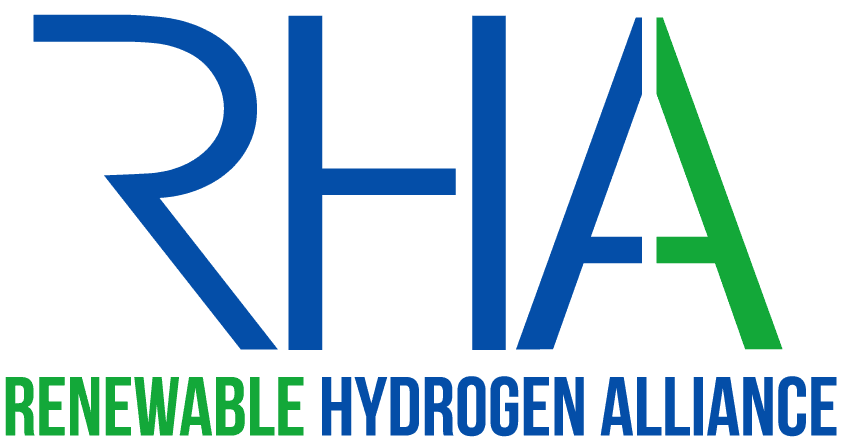HYDROGEN
Renewable hydrogen
Electrolysis is the process of splitting water into hydrogen and oxygen
Renewable hydrogen is made by passing renewable electricity through water to separate hydrogen from oxygen. Instead of fossil fuels, renewable hydrogen uses surplus wind and solar energy to create hydrogen that can be used for power generation, transportation fuel, and industrial processes.
Stay informed with our newsletter
Oregon and Northwest publications
- PNW Renewable Hydrogen Action Plan: Center for Sustainable Infrastructure 2021
- Power to Gas: Opportunities for Greening the Natural Gas
- System: Flink Energy Consulting for NW Natural, 2018
- Oregon Department of Energy Releases Renewable Hydrogen Study, 2022
Industry resources
- Global Hydrogen Review 2022, IEA
- Safe Hydrogen Project
- Hydrogen Tools Portal – Center for Hydrogen Safety
- NREL Library of Hydrogen and Fuel Cell Publications
- Path to 100% Renewables For California, Wärtsilä White Paper, 2020
- The Future of Hydrogen: Seizing Today’s Opportunities, IEA, June 2019
- Go Electric Hydrogen Fueling Infrastructure, British Columbia
- Sep 2020 Hydrogen Station Permitting Guidebook, California
Hydrogen in the news
- Lewis County Transit gets ‘first hydrogen fuel cell vehicle in the Pacific Northwest’
- Klickitat Valley Health Installs Zero-Emission Fuel Cell System
- Ballard announces $40 million in DOE grants to support build-out of integrated fuel cell production Gigafactory in Rockwall, Texas
- Nikola Celebrates Grand Opening of First HYLA Refueling Station in Southern California
- University of Oregon Awarded $4.7m by DOE for Advanced Electrolyzer Components, Only Project in the NW
- Government approves millions for hydrogen-electric rail technology of the ‘future’: ‘Only very few rail lines in the US are electrified’
- Biden-Harris Administration Releases First-Ever National Strategy to Accelerate Deployment of Zero-Emission Infrastructure for Freight Trucks
Hydrogen podcasts
- The HydrogenNowCast (Colorado Hydrogen Network)
- Hydrogen Rising (K&L Gates)
- Everything About Hydrogen (EAH Media)
- Purple Is the New Green (NEL)
RHA newsletter archive
- Summer 2024
- June 2024
- May 2024
- April 2024
- March 2024
- February 2024
- January 2024
- November/December 2023
- October 2023
- September 2023
- August 2023
- July 2023
- June 2023
- May 2023
- April 2023
- March 2023
- February 2023
- January 2023
- November/December 2022
- October 2022
- September 2022
- July 2022
- June 2022
- April 2022
- March 2022
- February 2022
- January 2022
- December 2021
- November 2021
- October 2021
